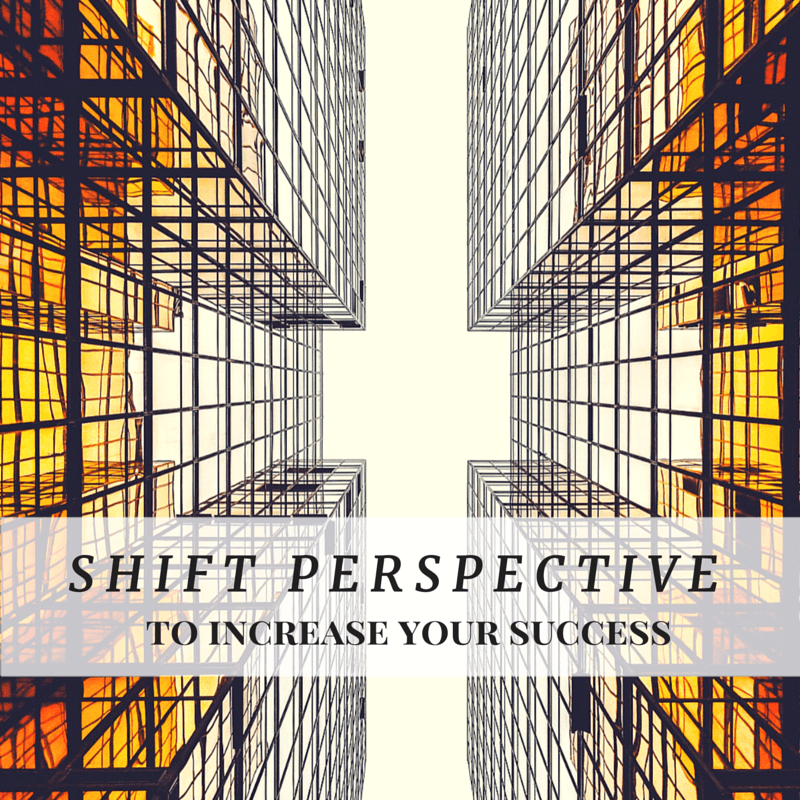
Study the past to know the future
Our brains have the amazing ability to predict the future. That’s right – we are our own crystal ball.
In order to survive our early experiences on this planet, our brains developed the ability to use past events to predict the future. We consider what we know, or trends we can perceive in past experience, to anticipate what will happen in future scenarios.
Predicting the future comes in quite handy. If we touch something hot once, we are unlikely to do it again, reducing the chance of being burned. In the past, it was knowledge of fight or flight scenarios that kept us alive as a species.
While many of our learnings have less dire results now than they would have a millennia ago, using the past to predict the future is both necessary and advantageous.
Predicting our individual futures
Our ability to predict outcomes based on historical experience is a double-edged sword. It can help us identify dangers to avoid, as well as opportunities to chase. However, for the process to work, we need the actual experience available to us.
We can be “told” about risks, dangers, or opportunities. However, until it becomes our experience, it is not real and part of our own predictions.
For example, early in our careers we have limited experiences to draw upon. We may doubt our ability to be successful in a new endeavor. Once we take a risk and experience a successful outcome, we can see ourselves being successful again.
If we have managers or mentors to guide us, that we have prior experience trusting successfully, that can give us the push necessary to take the risk.
The results of those early efforts are important. As long as our experiences are positive, we will continue to take risks. If we have negative experiences, then we may limit risk to avoid suboptimal outcomes.
Predicting outcomes for others
Science shows that we go beyond using prior experience to predict our own future. We project these predictions on others.
Such projection is demonstrated clearly in the movie Ant-Man. We are able to observe Dr Pim and Hope, who each view the potential of Scott Lang – a convicted felon – very differently.
Dr Pim made a mistake in his past, losing his wife and the love and admiration of his daughter. He seeks to redeem himself by preventing completion of a weapon with the potential to adversely impact the world.
Dr Pim projects a similar mindset to Scott. He views Scott’s prior theft as a mistake, but that he ultimately has an ability to achieve more for love of his daughter. He anticipates that Scott’s desire for redemption will outweigh any desire to repeat his crime.
Hope sees Scott very differently. She grew up in the aftermath of losing her mother, and her father’s guilt. She was unaware of what transpired, and views her father with suspicion and anger.
As a result of her experience with her father letting her down, she anticipates a similar result with Scott. Her perspective only shifts once she learns Scott has a daughter, and opens herself to a different view of her father with Scott’s insight.
Balancing the risk and reward of prediction
As leaders, our ability to use known information to anticipate future events is invaluable. We can anticipate risk, make sound decisions, and achieve successful outcomes.
However, we also have to take heed that our predictions do not needlessly pigeonhole or limit the effectiveness of our people.
Years ago, I worked for a manager who wanted to affect change in his organization. Time and again, he would ask me and my peers to support some sort of improvement. The other managers resisted, bringing up reasons why we couldn’t or shouldn’t do what he wanted.
Invariably, I would volunteer to test out the change and demonstrate to the group that the improvement was possible. That it was safe to move forward.
This process shaped my view of my peers. I saw them as resistant to change, which is a worrisome trait when building teams focused on transforming an organization. Yet, years later, one of those peers was assigned to one of my efforts.
I was very worried. I anticipated resistance and developed mitigation approaches to ensure forward progress.
How wrong I was. This same manager was the first to implement every improvement we identified and his group became our proving ground for our target processes. He became the one to convince his peers to move forward.
Search for the missing variables
Did my former peer suddenly become a different person? No. He was generally the same…what had I missed?
I had an early conversation with the team regarding ideas and how we would evaluate them. He mentioned his preference to have time for consideration, so he could bring back thoughtful insights and questions.
How an idea is presented matters. Some of us can react immediately, while others prefer to ponder and reflect. In his prior role, he was operating in a decision-making context that was not optimal for how he thinks.
He hadn’t changed – I had. I had a new variable I could add to my perception of our prior interactions. I could use this information to adjust my approach and improve future outcomes.
As leaders, our role is not only to predict the future based on our prior experience, but to look for additional inputs to balance our perspective. Whatever observations we make rarely represent all of someone’s potential or enough information to know what will happen with any level of assurance.
Instead of seeing my former peer as resistant to change, I began to see him as a thoughtful evaluator. As I experienced his enthusiasm for the changes we were implementing, I also saw him as an invaluable ally in future endeavors.
With new information comes new predictions
Similar to Hope’s change in perception of Scott once she saw him as a father, having additional context regarding a situation or behavior can completely change the future outcomes we anticipate.
Leaders must leverage predictive abilities to anticipate future events with caution. When it comes to people’s potential, labeling and boxing them based on what we think we know of their situation is fraught with risk.
In some cases, the injection of our confidence in their ability can be a deciding factor that changes the possible future outcome.
If we assume that a prior mistake or poor outcome guarantees poor performance in the future, it will be self-fulfilling. We will limit opportunities, provide less challenging assignments, and generally get the kind of output we expect.
On the other hand, we can assume we do not know everything about the situation, or that the addition of our support and confidence will make a difference to the outcome. This increases the possibility of a positive future, rather than ensure it doesn’t happen.
 As leaders, it is our responsibility to develop our people to their full potential, maximizing the contribution of their gifts to the organization. To some degree, we must work around our own brains to do this. We must look beyond historic experience to the possible future we can influence, but never truly predict.
As leaders, it is our responsibility to develop our people to their full potential, maximizing the contribution of their gifts to the organization. To some degree, we must work around our own brains to do this. We must look beyond historic experience to the possible future we can influence, but never truly predict.
Interested in how to gather new insights to increase the accuracy of our predictions regarding our team members and their performance? Click here to access a worksheet with prompts to expand your perspective.
Do you expand what you know about yourself and others to improve the accuracy of predicted outcomes? Please share your thoughts in the comments and keep the conversation going.








